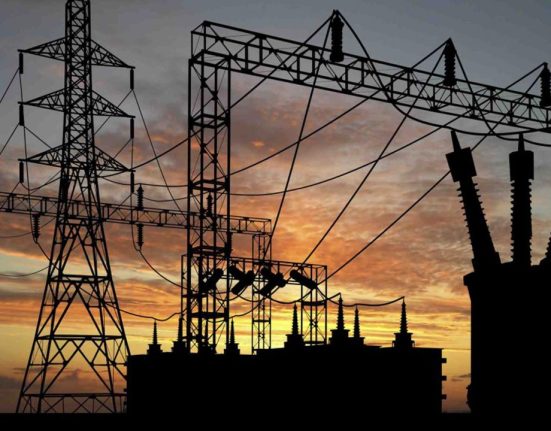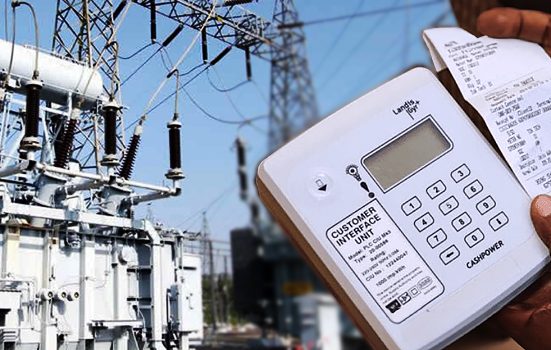Kenya’s energy landscape facing a significant transformation, with the imminent end of the longstanding monopoly held by Kenya Power in the distribution of electricity.
The Energy and Petroleum Regulatory Authority (EPRA) has unveiled regulations aimed at opening up the electricity market to private sector investors.
For decades, Kenya Power has monopolized the distribution sector since its inception in 1922 as the East African Power and Lighting Company Limited.
Now, with the proposed regulations, private investors will have the opportunity to participate in power distribution, ending Kenya Power’s exclusive reign.
Partly owned by the Government of Kenya and private investors, Kenya Power will witness a shift in the energy market dynamics.
The draft Energy (Electricity Market, Bulk Supply and Open Access) Regulations, 2024, were developed following a petition by Independent Power Producers (IPPs) advocating for open access to power transmission and distribution.
The regulations, according to Energy News Africa, set to apply to various aspects of the electricity sector, including generation, transmission, distribution, and retail supply, herald a new era of competition and modernization.
Kenya Power Connects Over 250,000 New Customers to National Grid
Investors will now be able to engage in power generation, transmission, and distribution infrastructure, supplying bulk electricity to private retail vendors responsible for last-mile connectivity and billing to consumers.
According to the Director-General of EPRA, the introduction of open access principles is pivotal in advancing the electricity market, fostering competition, and ultimately benefiting consumers.
It promises lower power bills, reduced outages, and increased choices in electricity suppliers.
EPRA will oversee fair pricing by approving tariffs proposed by licensees, covering various services such as generation, retail, network services, wheeling, system usage, and ancillary services.
The regulations outline the market structure and the roles of different licensees, emphasizing maintenance of networks and providing equitable access to other licensees and eligible consumers by transmission and distribution entities.








